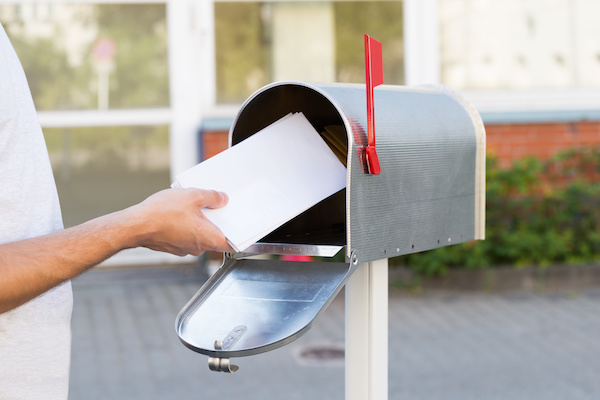Getting Creative With Direct Mail

If you want a more effective direct mail campaign, you will need to get creative!
In order to have a successful direct mail campaign you’ll need to be engaging. Blending dynamic creative elements with powerful and concise copy. A USPS study revealed that 81% of people scan their mail every day. When you have such an engaged audience, you’ll need to be thoughtful in your creative and strategy to capture their attention.
It’s normal for your creative spark not to flow out immediately. Instead, learning some common direct mail elements can provide a better understanding of how you can create messaging that will resonate and captivate your customers.
Headlines are powerful
When 8 out of 10 customers scan their mail every day, you need to make sure you capture their attention right away. Otherwise, they’ll ignore the rest of the mailer and your offer. To be successful, you will need something compelling that will entice the customer to explore more of the mailer. Do not resort to using funky fonts, arresting images, or gimmicky components. You’ll really want to lean into crafting compelling and effective headlines.
I’m not refuting the power of images, but headlines and sub-headlines can be just as captivating and evocative when they are:
- Identify your customer’s pain points
- Short (<65 characters), to the point, and action-oriented
- Create an emotional connection with the customer
- Hint at the value of your service
Furthermore, compelling headlines that are to the point and demonstrates an understanding of the customer’s pain points can be even more effective depending on the shape and design of your direct mail. When everything is done right, headlines can go a long way towards establishing your reputation to solve the needs of your customer with your service.
White space is your friend
In the way an effective headline can be to create connection with your customer, white space can effectively communicate the story and the value proposition of your service.
White space, aka negative space, can be categorized in two parts: active negative space and passive negative space. Active negative space is when a designer chooses to use white space to emphasize something. Passive negative space is naturally occurring spaces between images and copy.
Some people think white space is wasted space. This isn’t true, if you’re tempted to utilize all the available space, you might be turning off a lot of your customers. Strategically using white space can be effective for the following:
- Support quick scanning and bringing attention to specific messaging
- Create a visual hierarchy, which supports reducing the amount visual clutter and noise
Really consider the shape

Just like copy, the shape of your direct mailer is very important. An interesting layout gives customers more opportunity to interact with your mailer and conversely, you’ll have more space to work and time to convert your customer.
Leverage microcopy
Microcopy are small clusters of text that provide small bits of information on products, or instruct customers on how to accomplish a desired action.
Leveraging microcopy is important as it can be a powerful way to help customers understand what action they should take and the value of your services. For example, microcopy can be effective in helping the customer understand the chain of events of what will happen once they reach out to you. This gives them an expectation for their action and will be more inclined to call when they know what they should expect.
Utilizing microcopy helps customers understand how the mailer is to be used or what they’re suppose to take from it. Since mailers are limited in space, you will need to convey whole ideas and directions in a very small amount of space. To achieve this, do the following:
- Keep it short and simple
- Provide context, what is it they have to know from the mailer? What value are you providing?
- Remain authentic and maintain your brand voice/identity


